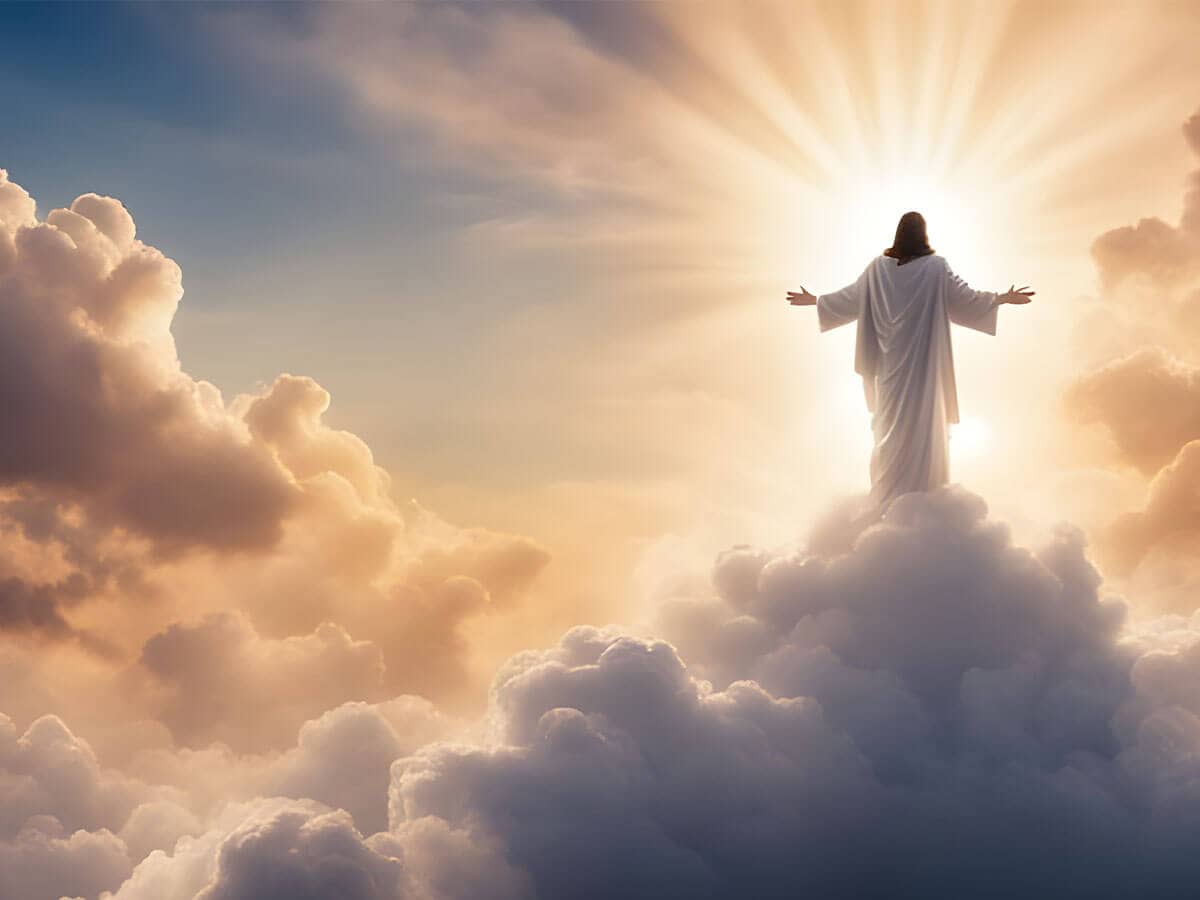
Science and faith are often seen as being opposite ends of the spectrum, the two extremes of how human beings can approach and explain the world around them. The two systems of thought are commonly assumed to be enemies, but they actually overlap quite a bit. Numerous famous scientists have been devout Christians, and common scientific theories also mesh well with faith. Even the Book of Genesis and the creation story, something that is seen as the antithesis of all things scientific, actually lines up with how modern scientists believe the world came to be as long as Genesis is not interpreted perfectly literally.
Science fits in the beginning, and biblical archaeology has shown that secular history supports the stories found in the Bible. When skeptics claimed that the peoples defeated by the Israelites were imagined by the authors of the Bible, archaeologists dug up ancient Hittite cities. When people argued that Christ could not have been buried in a tomb because Romans did not allow crucifixion victims an honorable burial, a heel bone with a crucifixion nail still embedded was found in a Jewish ossuary. When biblical skeptics denied that characters of the Old Testament such as David and Isaiah existed, archaeologists uncovered an inscription referencing the House of David and found Isaiah’s seal. Over and over science and history have come down on the side of the Bible.Testing to see if current scientific fact will match up with the end of the world, of course, is a bit different than digging in the Holy Land to see if physical remains can be found to support textual records. One cannot, after all, prove the future with certainty. That does not mean that humans have not taken their best shot at doing so both as part of science and as part of various religions.
Matching scientific fact with biblical prophecy can be difficult, but it is especially so in the Book of Revelation. Much of Revelation is written in poetic language that makes heavy use of symbols and metaphors. As such, there is almost no way that Revelation lines up with science if it is taken literally. Assuming that some of the events or characters are at least partially symbolic, however, carries its own challenges. Put bluntly, no one really knows what Revelation is talking about. It is clear that the book is describing the end of the world and the apocalypse. What the details, symbols and metaphors mean, however, is a source of massive debate. Christian scholars cannot even reach a consensus over whether Revelation takes place in some future year, is unfolding now and has been for decades or if the majority of it has already passed. As such, comparing cold scientific language with the elaborate symbolism of Revelation is less like comparing apples and oranges and more like attempting to compare apples and international finance. They simply do not work well together. That has not, of course, stopped people from trying and coming up with some interesting conclusions.
According to the most recent scientific theories, Earth is going to go out with a bang with the rest of the Solar System. In somewhere between 4 billion and 5 billion years, the Sun will run out of hydrogen. When that happens, the nuclear fusion that powers the star will begin to slow. Rather than combining hydrogen atoms to make helium, the Sun will fuse helium atoms to make heavier elements. As this occurs, the Sun will cool and expand. Its shifting gravity will throw planetary orbits out of alignment. Mercury and Venus could go hurtling into other planets in massive collisions. Otherwise, the first two planets will be swallowed by the swelling Sun. Earth will meet a similar fate. Unless it collides with one of the other planets as its orbit disintegrates, Earth will be scorched, crushed and eventually swallowed by the swollen Sun.
According to science, the world will end in fire, and Revelation has little to say in the way of a fiery doom for Earth. That is not to say, however, that such language is absent. Revelation repeatedly speaks of how parts of the Earth and sea will be burned away and one of the seven plagues states that the Sun will scorch people. An expanding star will, of course, do more than simply give any remaining humans a terrible case of sunburn. The images in Revelation of water slowly drying up and the Earth becoming burned, however, are not too far off what science predicts. Unfortunately for humans, more than Revelation’s predicted third of the world will be burned when the Sun swells.
The end times image in Revelation that is more likely to come true according to science is that of “something like a huge mountain, all ablaze, [being] thrown into the sea.” The “mountain” could easily be a massive meteorite that slams into Earth. Science can prove this has happened in the past, something similar is most likely what killed off the dinosaurs, and Earth has had a number of near misses in the last decade. Should an asteroid the size of a mountain actually collide with Earth, there would be more than enough to damage the world on a scale that it could be called apocalyptic.
For the most part, Revelation does not appear to line up with science when it comes to the end of the world. That said, Revelation is not concerned so much with the end of Earth itself as much as it is with the complete restructuring of human civilization. So comparing Revelation to science may be unfair. In that case, the only thing anyone can do is wait and see if the four horsemen are truly turned loose and the four trumpets blown.

